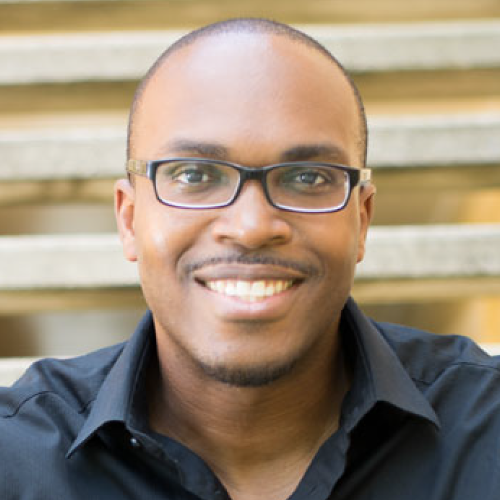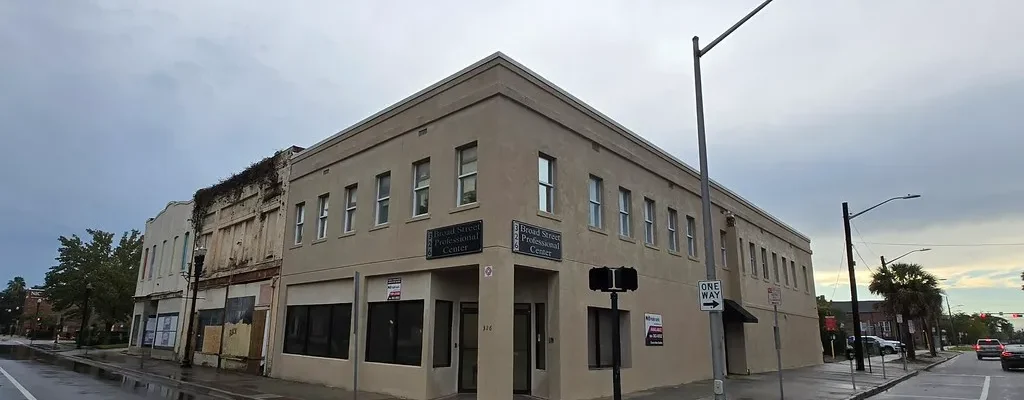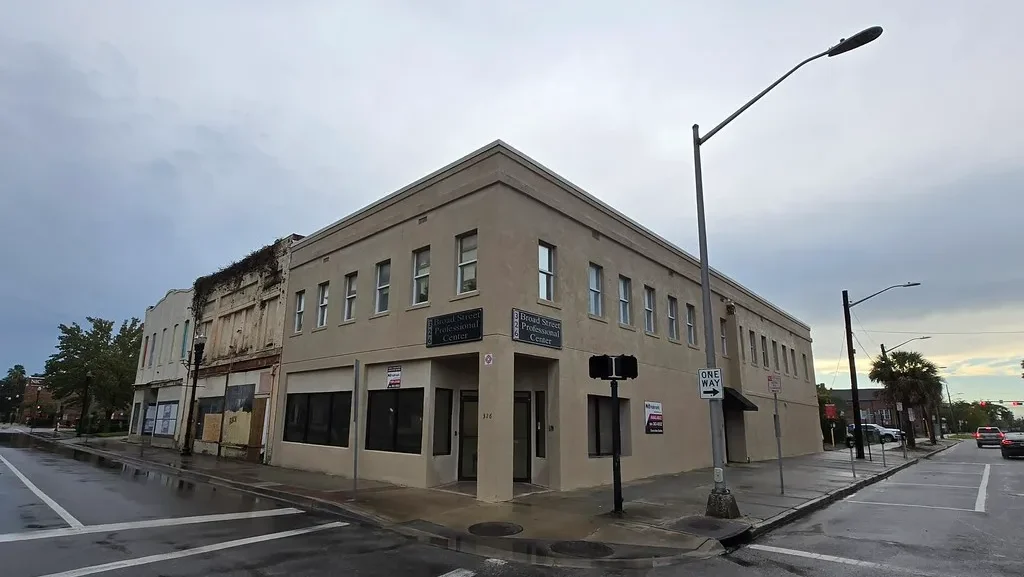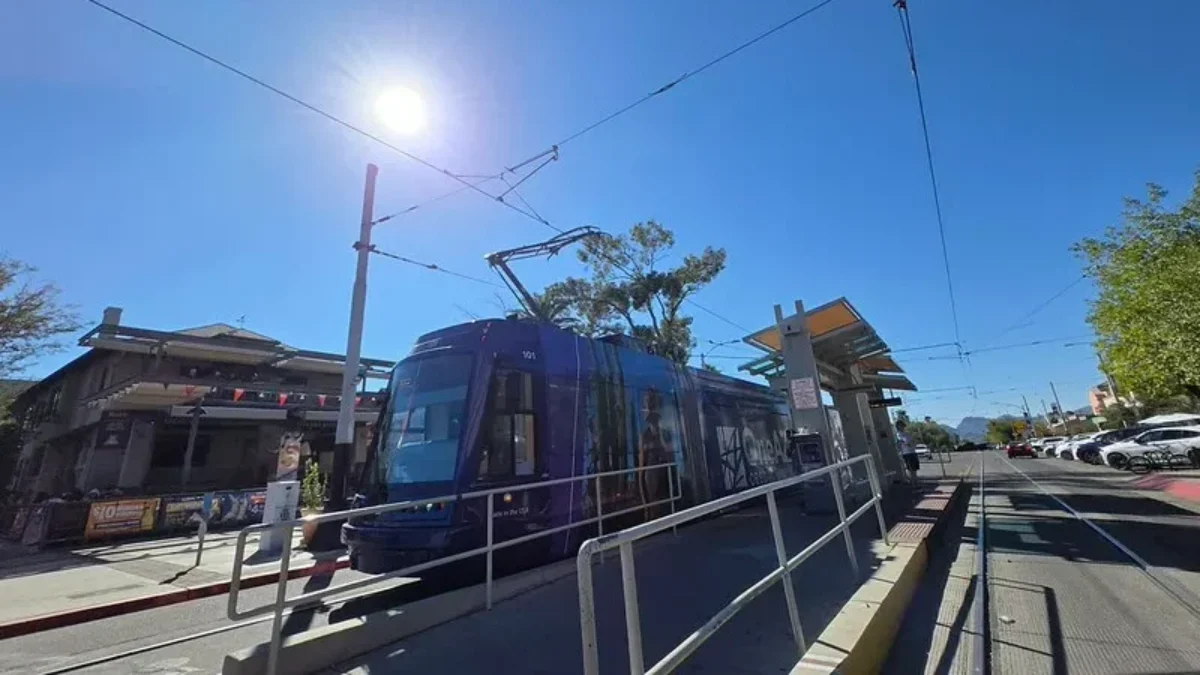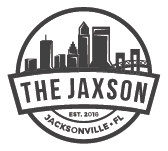
Established in 1967, National Career Development Month is an annual observance promoted by the National Career Development Association each November. Its origins trace back to early 20th century ideas of vocational guidance, which emphasized helping individuals discover their strengths, explore career paths, and pursue professional growth.
In recognition of National Career Development Month, we take a look back at the history of four pioneering institutions of higher learning that once shaped educational and career opportunities in Jacksonville.
Cookman Institute (1872-1925)

Founded in 1872 by the Rev. S.B. Darnell, the Cookman Institute was Florida’s first institution of higher learning for African Americans. Named for the Rev. Alfred Cookman, a supporter who funded its first building, the school was originally located at Beaver and Hogan streets in Downtown Jacksonville and affiliated with Atlanta’s Clark University. It offered day and night classes to prepare teachers in both religious and academic studies.
After the Great Fire of 1901 destroyed the original campus, the institute relocated to the Sugar Hill neighborhood, expanding its curriculum to include elementary through high school education and courses in music, domestic science, business, agriculture, and the trades. Enrollment reached about 250 students. Among its notable alumni was A. Philip Randolph, later a key leader in the Harlem Renaissance and the civil rights movement.
To meet the growing need for African American teachers, Cookman merged in 1925 with Dr. Mary McLeod Bethune’s Daytona Normal and Industrial Institute, forming the Daytona-Cookman Collegiate Institute. Renamed Bethune-Cookman College in 1931, it became Bethune-Cookman University in 2007. The original Jacksonville site later became Darnell-Cookman School of the Medical Arts, now an “A” rated and National Blue Ribbon magnet school.
Florida Baptist Academy (1892-1918)

Founded in 1892 by the Rev. Matthew Gilbert, the Rev. J.T. Brown, and Sarah Ann Blocker, the Florida Baptist Academy began in Jacksonville’s Eastside on Cleveland Street (now East 6th Street). The school’s mission was to provide African Americans with industrial, agricultural, mechanical and teacher education rooted in religious values. It became a center of Black intellectual life, most notably, where brothers James Weldon and J. Rosamond Johnson wrote and composed “Lift Ev’ry Voice and Sing” in 1900. J. Rosamond Johnson was a noted faculty member of the school, recruited by college President Nathan White Collier.
Among its early students was Zora Neale Hurston, sent to the academy after her mother’s death. Though financial hardship forced her to leave, Hurston went on to become a leading figure of the Harlem Renaissance. The academy thrived with support from the Rockefeller General Education Board, Baptist associations, and national missionary organizations.
In 1918, the school relocated to St. Augustine’s Old Homes Plantation, a former plantation, and became the Florida Normal and Industrial Institute. It later merged with the Florida Baptist Institute in 1941, evolving into a four-year college where Hurston would later teach part-time.
Renamed Florida Memorial College in 1963, the school relocated to Miami-Dade County in 1968. Renamed Florida Memorial University in 2006, the institution now stands in Miami as a top producer of Black educators. Its Jacksonville roots survive as Matthew Gilbert Middle School.
Jones College (1918-2017)

Founded in 1918 by Ann Harper Jones, Jones Business College began modestly in a private home with fewer than 50 students. Despite its humble start, the school quickly gained a reputation for excellence and became the first business college with a student dormitory. Its mission emphasized not only developing professional skills but also fostering ethical and responsible citizenship among its students.
As the college grew, it expanded with an Orlando branch in 1953, followed by another in Riverside in 1970. The main campus, located in Arlington overlooking the St. Johns River, became an architectural landmark. It was constructed as a 12-story mid-century modern tower that housed classrooms, residence halls, a library, radio studios and recreational amenities like a swimming pool and patio. The college’s radio stations, WKTZ and WFAM, added to its cultural footprint.
However, after decades of service, Jones College lost its national accreditation in 2016, leading to its closure at the end of 2017. Remaining students were transferred to Keiser University. Nearly a century after its founding, the former main campus lives on as the Riverton Tower Senior Center, its walls still echoing the history of education and the story of opportunity built by Ann Harper Jones.
Walker’s Commercial & Vocational College (1916-1970)

In 1916, Dr. Julia S. Walker-Brown and her first husband, Richard Wendell Walker, founded Walker’s Business College in Jacksonville’s LaVilla neighborhood, across from the Masonic Temple on Broad Street. The school offered day and night classes designed to help veterans transition to civilian life. Known for its rigorous instruction in shorthand, bookkeeping, commercial law and crafts such as flower arranging and lampshade making, it quickly grew in reputation. By 1922, it was renamed Walker’s National Business College and moved several times, including for two years at 610 W. Duval St., before eventually settling on Harrison Street on the Eastside.
When Florida’s real estate bubble collapsed in 1926, the Walkers relocated to Macon, Georgia, where they reopened the college in 1929 on Cotton Avenue. After Richard’s death in the early 1930s, Julia returned to Jacksonville and reestablished the school as Walker’s Commercial College on Broad Street.
In 1941, she married Lafayette A. Brown, who became the college’s vice president and a radio design technician. Renamed Walker’s Commercial & Vocational College, the school expanded to Durkeeville in 1950, offering courses from accounting to tailoring and radio repair. Under Dr. Walker-Brown’s leadership, it educated generations until closing in 1970. Her enduring legacy lives on through the surviving buildings in LaVilla and Durkeeville that once housed her pioneering institution.
